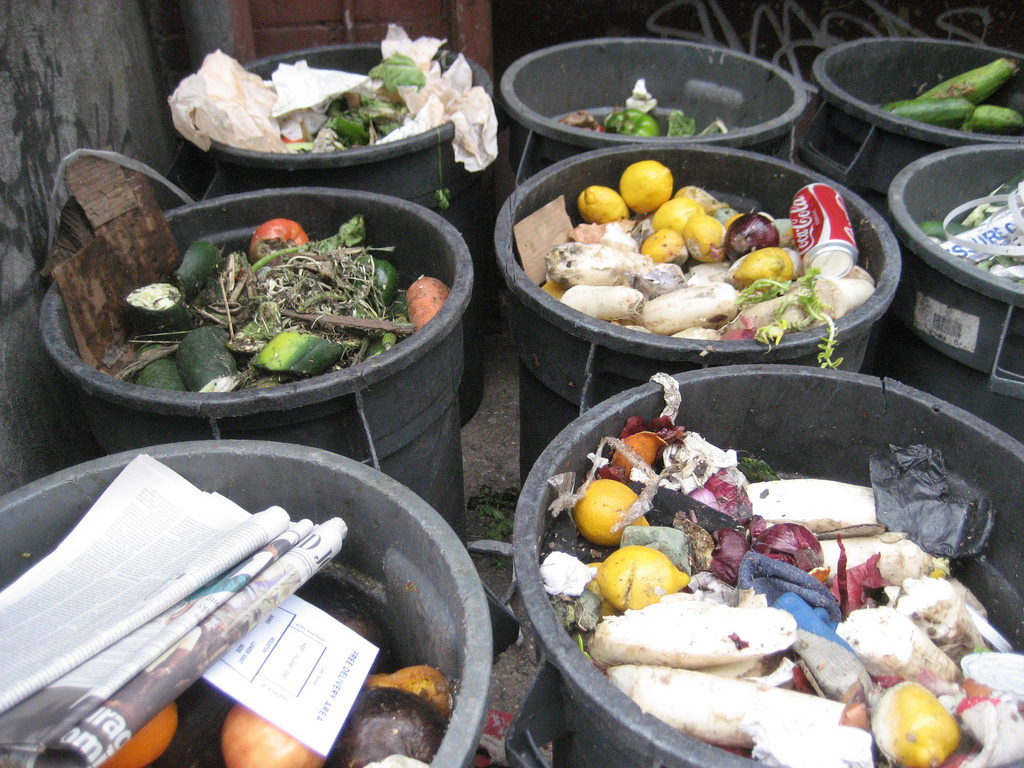
We have talked about the problem of food waste before. About 40% of the food produced in the United States goes to waste, which is a truly shameful statistic. According to a Business for Social Responsibility study on the subject, about 44% of the food that goes into landfills comes from homes. About a third comes from the food service industry.
The food service industry is trying to do its part in reducing waste. Some restaurants donate food to shelters or soup kitchens and others incorporate leftover foods into other menu items. Many restaurants are training their wait staff to ask customers what they don’t want with their meal so they don’t have to throw out unused items.
But in our homes, there is much more we can do. There is a good chance that many of the fresh fruits and vegetables in our refrigerators will end up in the garbage. On average, we waste about 20 pounds of food per month per person. We tend to purchase more than we need or can use because of poor planning.
Meal planning is a major way to cut waste. If you know you are not going to be eating at home some nights, don’t buy so many perishable foods that week. Consider freezing or donating fresh produce if you aren’t going to eat it before it wilts or goes bad. And be realistic about “sell by” and “best by” dates. They are not hard limits for food quality in most cases.
We can all make progress in reducing food waste by simply paying more attention to how we purchase and use food.
**********
Web Links
Look inside your own pantry or fridge to find the top culprit of food waste
Photo, posted April 13, 2008, courtesy of Pete via Flickr.
XXXXXXXXXX